Loris Gréaud's trail of destruction at Dallas Contemporary

What would you do if you witnessed a piece of art being destroyed? It's this exact unnerving situation that the French conceptual artist Loris Gréaud put his guests through during the unveiling of his first major US exhibition, 'The Unplayed Notes Museum', at Dallas Contemporary. At the opening, the show - which occupies the institution's entire 26,000 sq ft space and spans sculpture, paintings and film - was destroyed by a band of seemingly normal guests - just as Gréaud had planned.
'I wanted to create a museum within a museum,' says Gréaud of the anarchistic concept, which saw the gallery's alarms go off and lights shut down as people violently overturned works, defaced paintings and smashed sculptures. He continues: '[The destruction] is a nihilistic gesture, but its more than just commenting on the art world. It's a way for people to confront their feelings of fear and desire. We've all wanted to act out, revolt and destroy something.'
Working with actors and stuntmen, Gréaud carefully choreographed the destruction that would take place in mere minutes, with numerous rehearsals taking place in the weeks running up to the big reveal. Of course, Gréaud first had to fill Dallas Contemporary's five gallery spaces, which he did with real work made over the course of a year.
Gréaud sought to create a new natural history museum of sorts and his creations weave together elements of botany, sexuality, chemistry and zoology. From a herd of unrecognisable animals surrounding a tree from Vietnam, its roots exposed in the air, to a brooding group of abstracted classical statues, the exhibit is pure Gréaud, whose work has consistently manifested itself as fearless, and mutli-faceted experiences. A cluster of towering angels, each six metres tall, stand in a stoic circle in one gallery. One lies smashed on the floor.
Speaking to us a few days before the opening night's debauchery, Gréaud said, 'I feel really proud of the work now that the installation is finished,' admitting that he was anxious about what would happen on the evening itself, despite having the full support of Dallas Contemporary. 'We destroyed one piece during a rehearsal, and it was really painful,' he says.
Post-destruction, the untouched exhibition is a provocative reaffirmation of the intentions and events of that one night. 'More important than the event is what's left,' Gréaud said after, stating that his ultimate intention was to focus on the show's two opposing states: perfection and destruction. Asked whether he would do it again, Gréaud's answer is a prompt no.
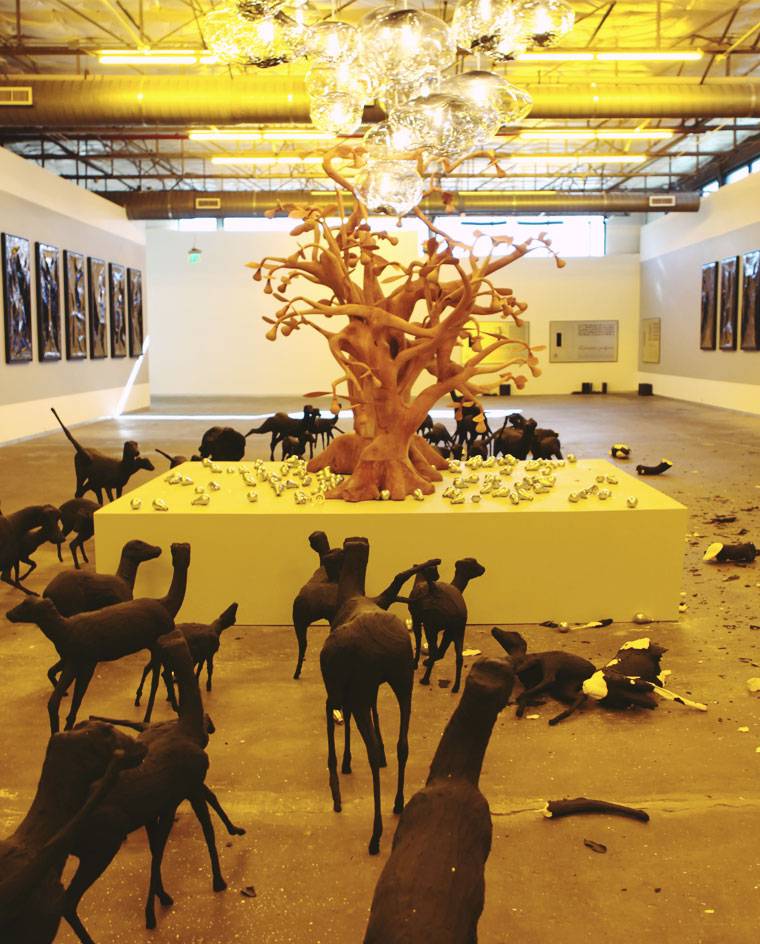
On the opening night, the show - which occupies the institution's entire 26,000 sq ft space and spans sculpture, paintings and film - was destroyed by a band of seemingly normal guests
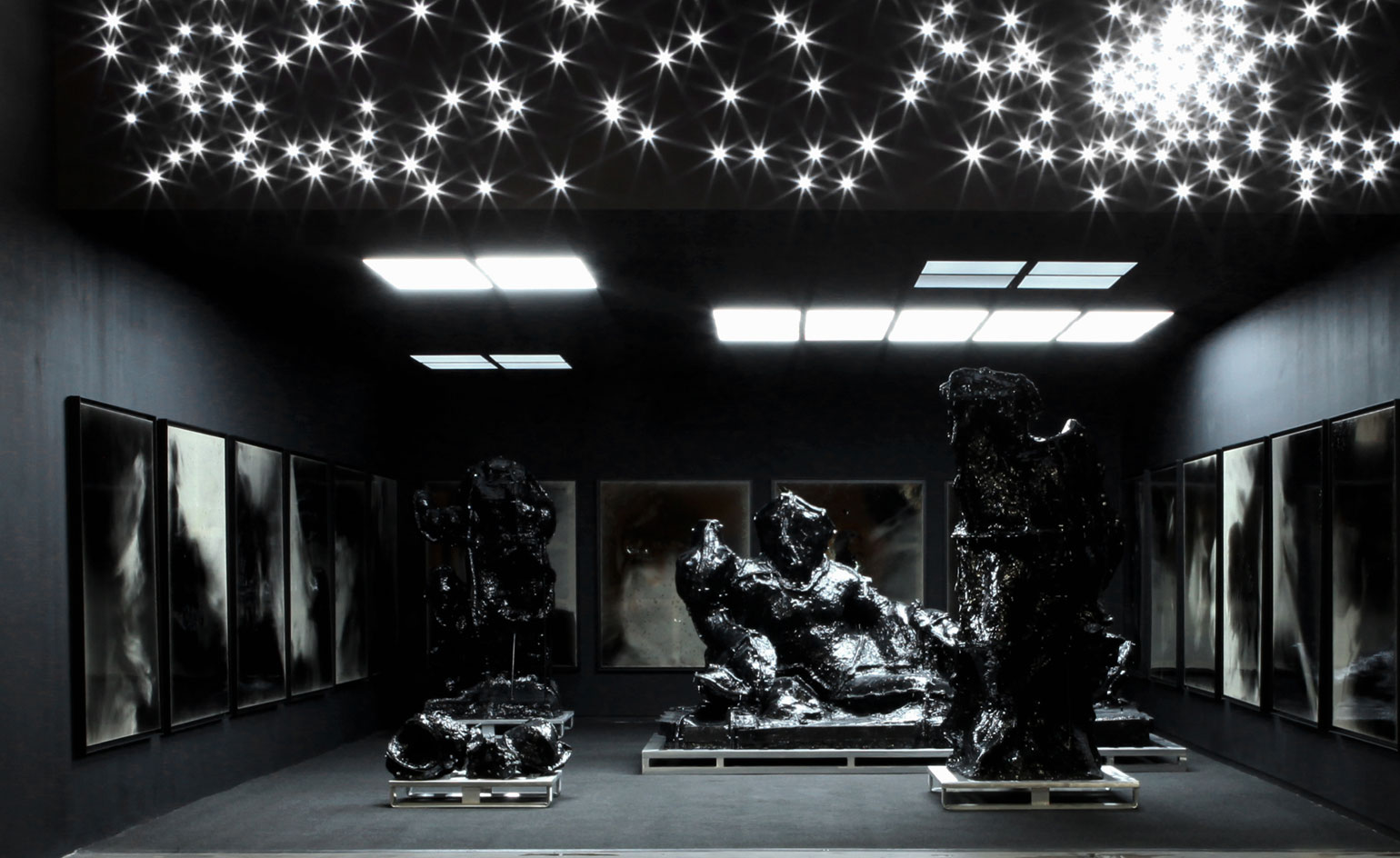
Gréaud first had to fill Dallas Contemporary's five gallery spaces, which he did with real work made over the course of a year
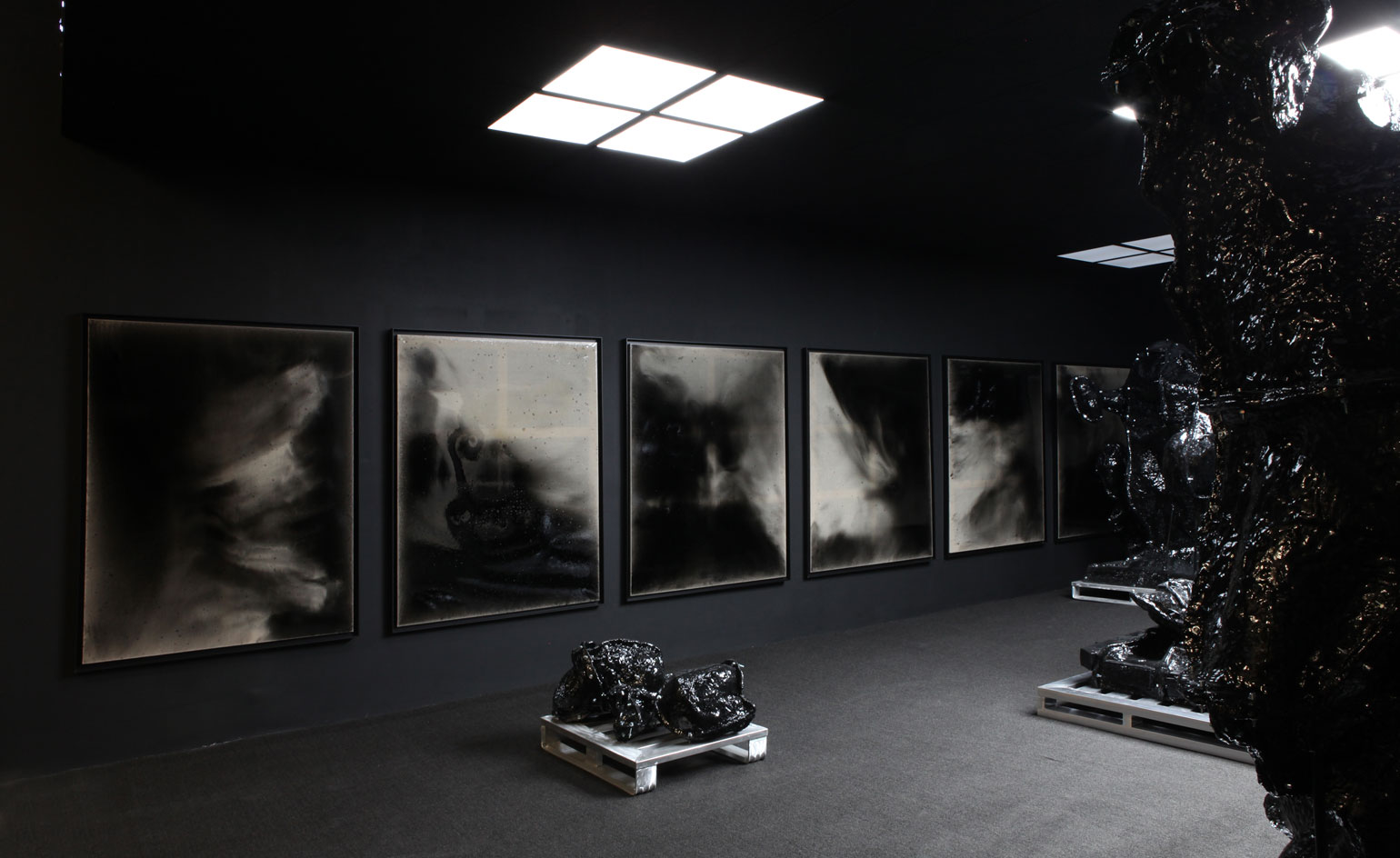
'I wanted to create a museum within a museum,' says Gréaud of the anarchistic concept, which saw the gallery's alarms go off and lights shut down as people violently overturned works, defaced paintings and smashed sculptures
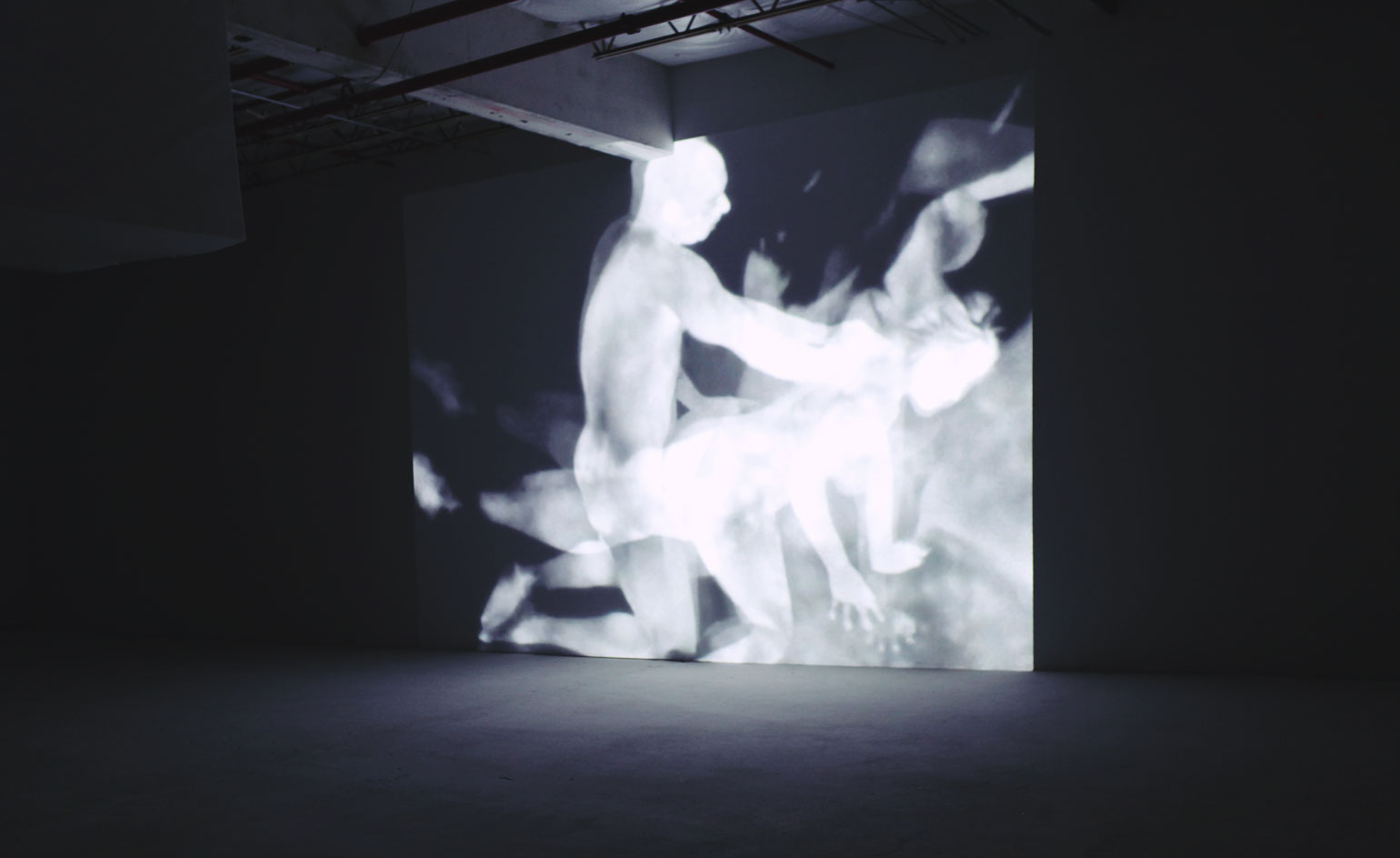
The artist sought to create a new natural history museum of sorts and his creations weave together elements of botany, sexuality, chemistry and zoology

In one gallery, a cluster of towering angels, each six metres tall, stand in a stoic circle...

...while one lies smashed on the floor
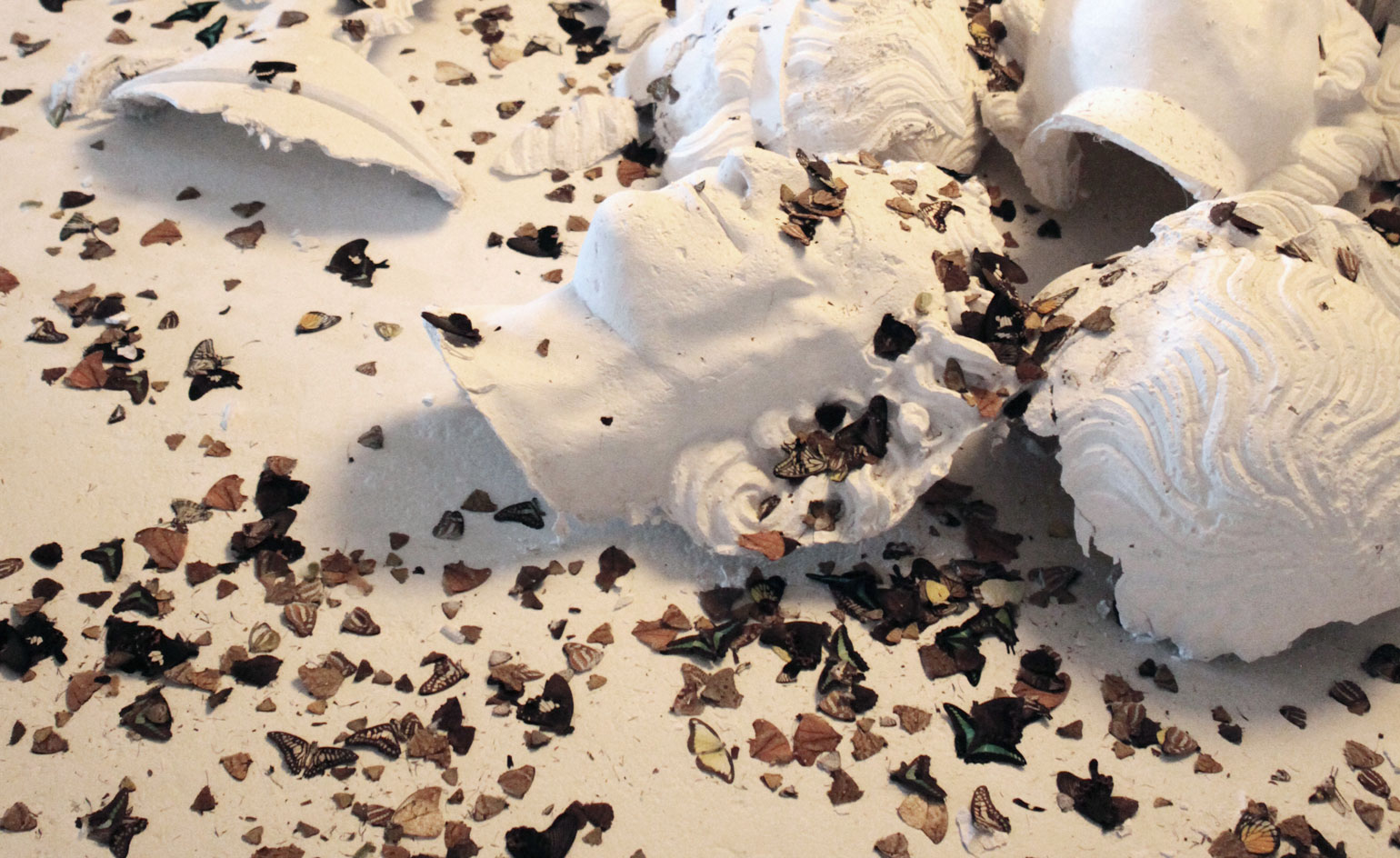
Working with actors and stuntmen, Gréaud carefully choreographed the destruction that would take place in mere minutes
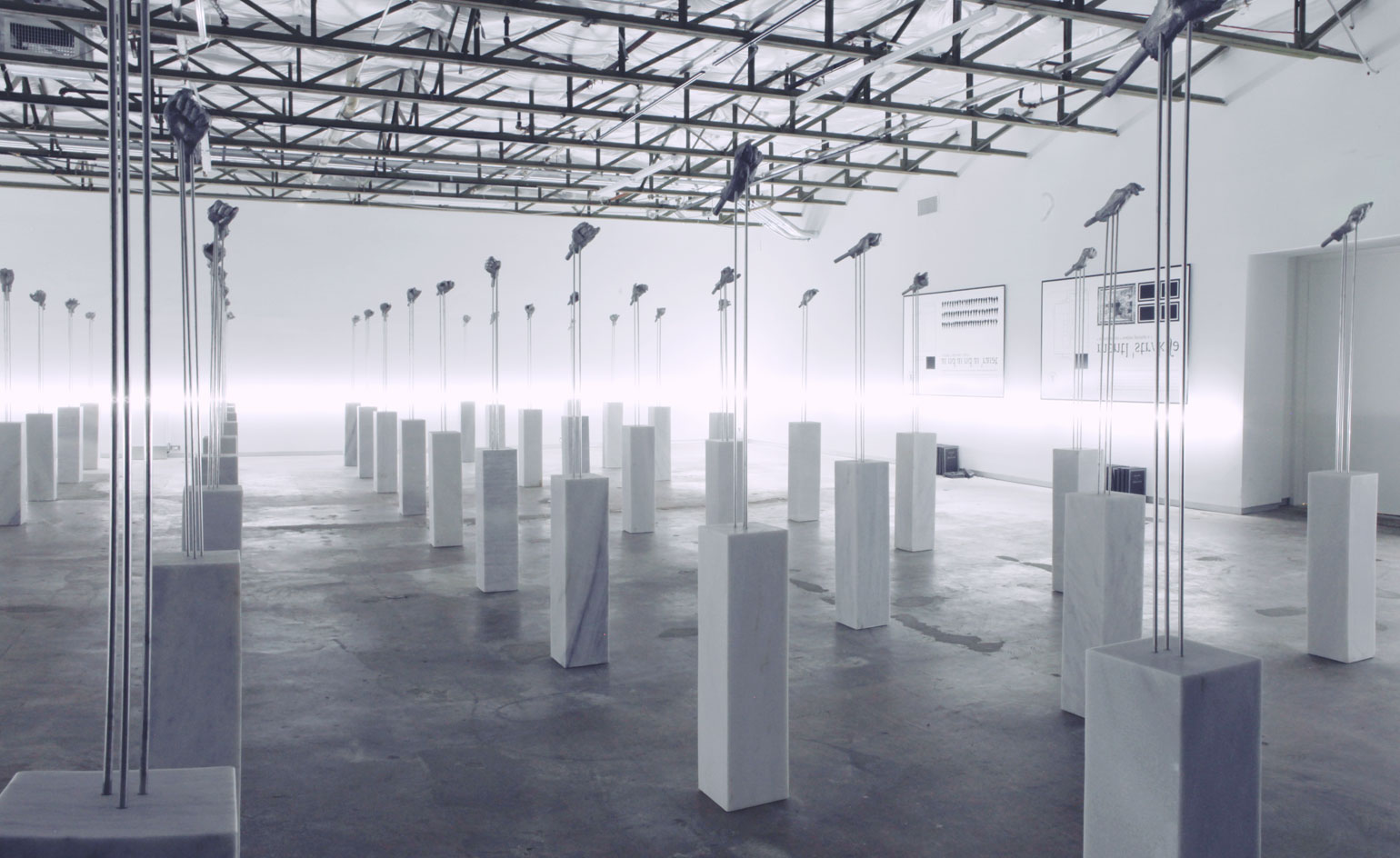
Says the artist: '[The destruction] is a nihilistic gesture, but its more than just commenting on the art world. It's a way for people to confront their feelings of fear and desire. We've all wanted to act out, revolt and destroy something.'

Post-destruction, the exhibition will remain untouched for its entire run. What is left is more important than the event itself in the eyes of Gréaud
ADDRESS
Dallas Contemporary
161 Glass Street
Dallas TX 75207
United States
Wallpaper* Newsletter
Receive our daily digest of inspiration, escapism and design stories from around the world direct to your inbox.
Pei-Ru Keh is a former US Editor at Wallpaper*. Born and raised in Singapore, she has been a New Yorker since 2013. Pei-Ru held various titles at Wallpaper* between 2007 and 2023. She reports on design, tech, art, architecture, fashion, beauty and lifestyle happenings in the United States, both in print and digitally. Pei-Ru took a key role in championing diversity and representation within Wallpaper's content pillars, actively seeking out stories that reflect a wide range of perspectives. She lives in Brooklyn with her husband and two children, and is currently learning how to drive.
-
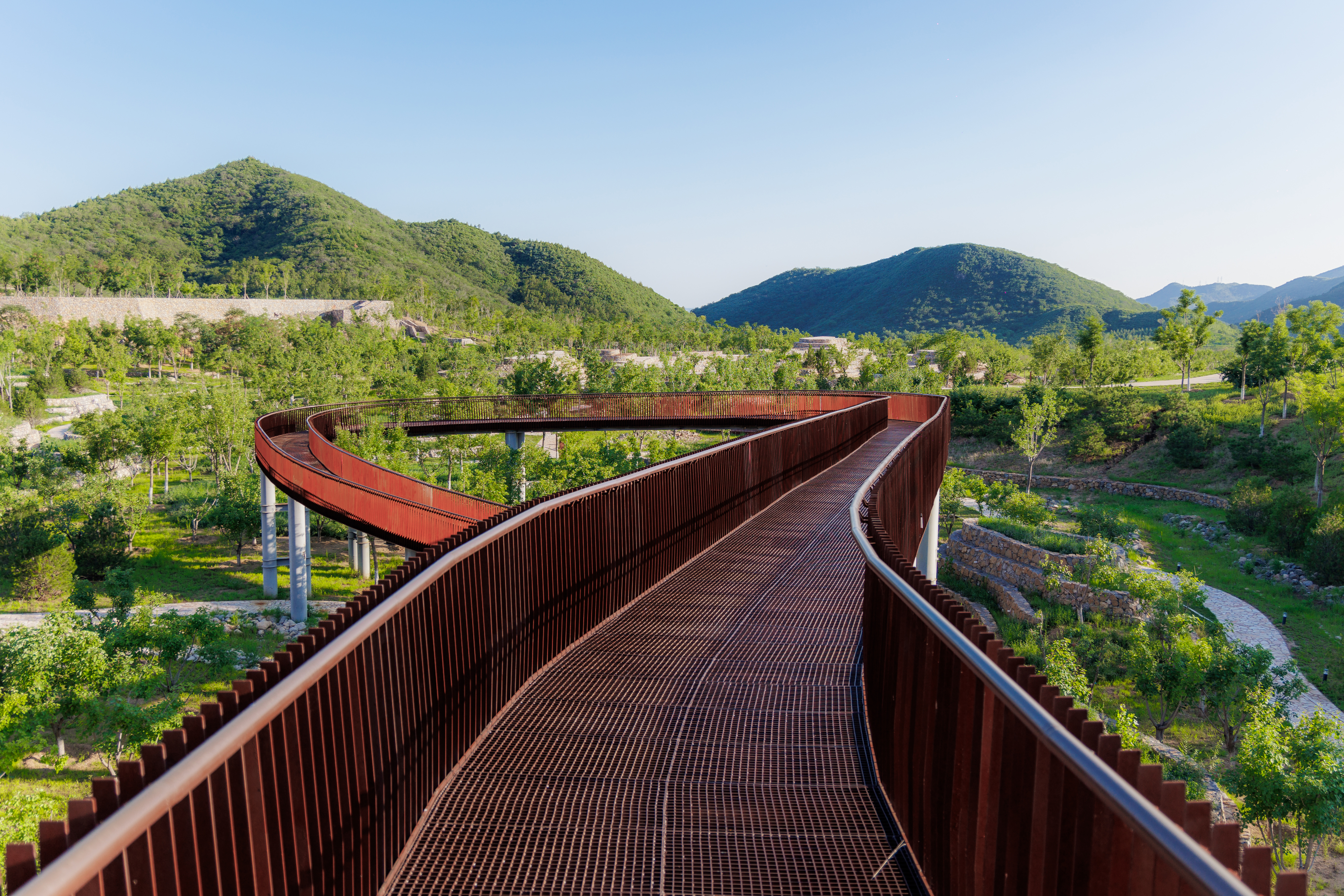 A Xingfa cement factory’s reimagining breathes new life into an abandoned industrial site
A Xingfa cement factory’s reimagining breathes new life into an abandoned industrial siteWe tour the Xingfa cement factory in China, where a redesign by landscape specialist SWA Group completely transforms an old industrial site into a lush park
By Daven Wu
-
 Put these emerging artists on your radar
Put these emerging artists on your radarThis crop of six new talents is poised to shake up the art world. Get to know them now
By Tianna Williams
-
 Dining at Pyrá feels like a Mediterranean kiss on both cheeks
Dining at Pyrá feels like a Mediterranean kiss on both cheeksDesigned by House of Dré, this Lonsdale Road addition dishes up an enticing fusion of Greek and Spanish cooking
By Sofia de la Cruz
-
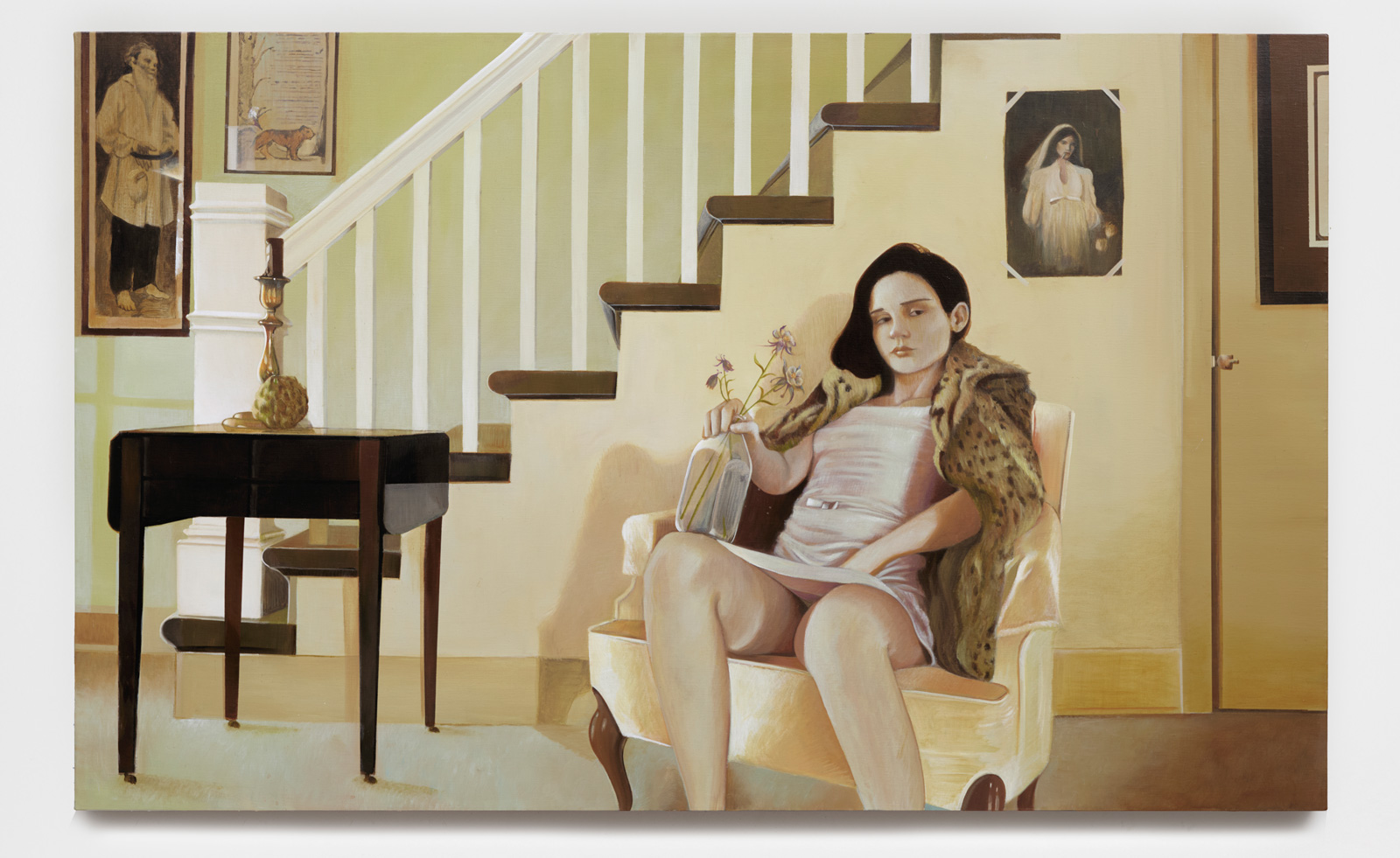 Leonard Baby's paintings reflect on his fundamentalist upbringing, a decade after he left the church
Leonard Baby's paintings reflect on his fundamentalist upbringing, a decade after he left the churchThe American artist considers depression and the suppressed queerness of his childhood in a series of intensely personal paintings, on show at Half Gallery, New York
By Orla Brennan
-
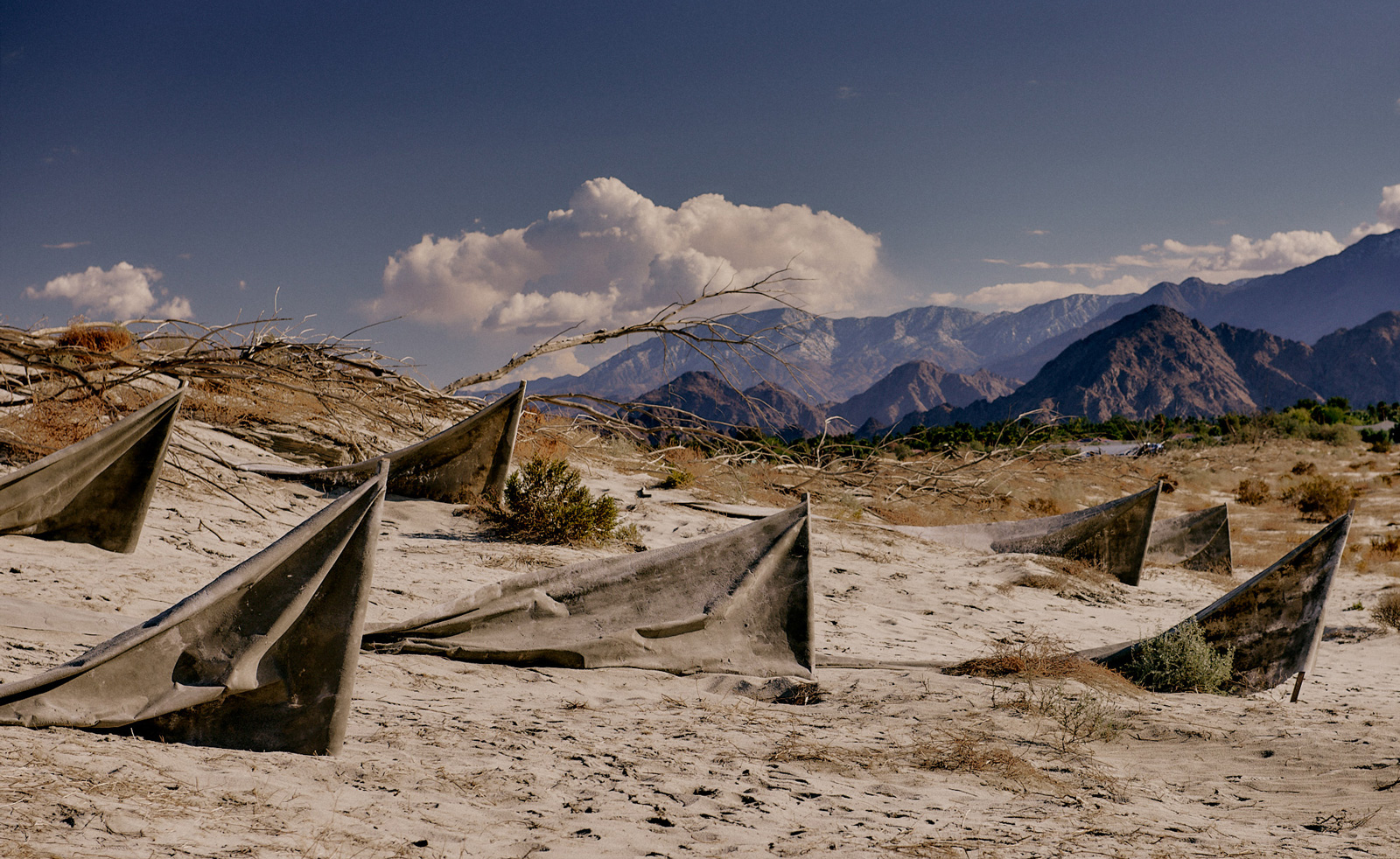 Desert X 2025 review: a new American dream grows in the Coachella Valley
Desert X 2025 review: a new American dream grows in the Coachella ValleyWill Jennings reports from the epic California art festival. Here are the highlights
By Will Jennings
-
 In ‘The Last Showgirl’, nostalgia is a drug like any other
In ‘The Last Showgirl’, nostalgia is a drug like any otherGia Coppola takes us to Las Vegas after the party has ended in new film starring Pamela Anderson, The Last Showgirl
By Billie Walker
-
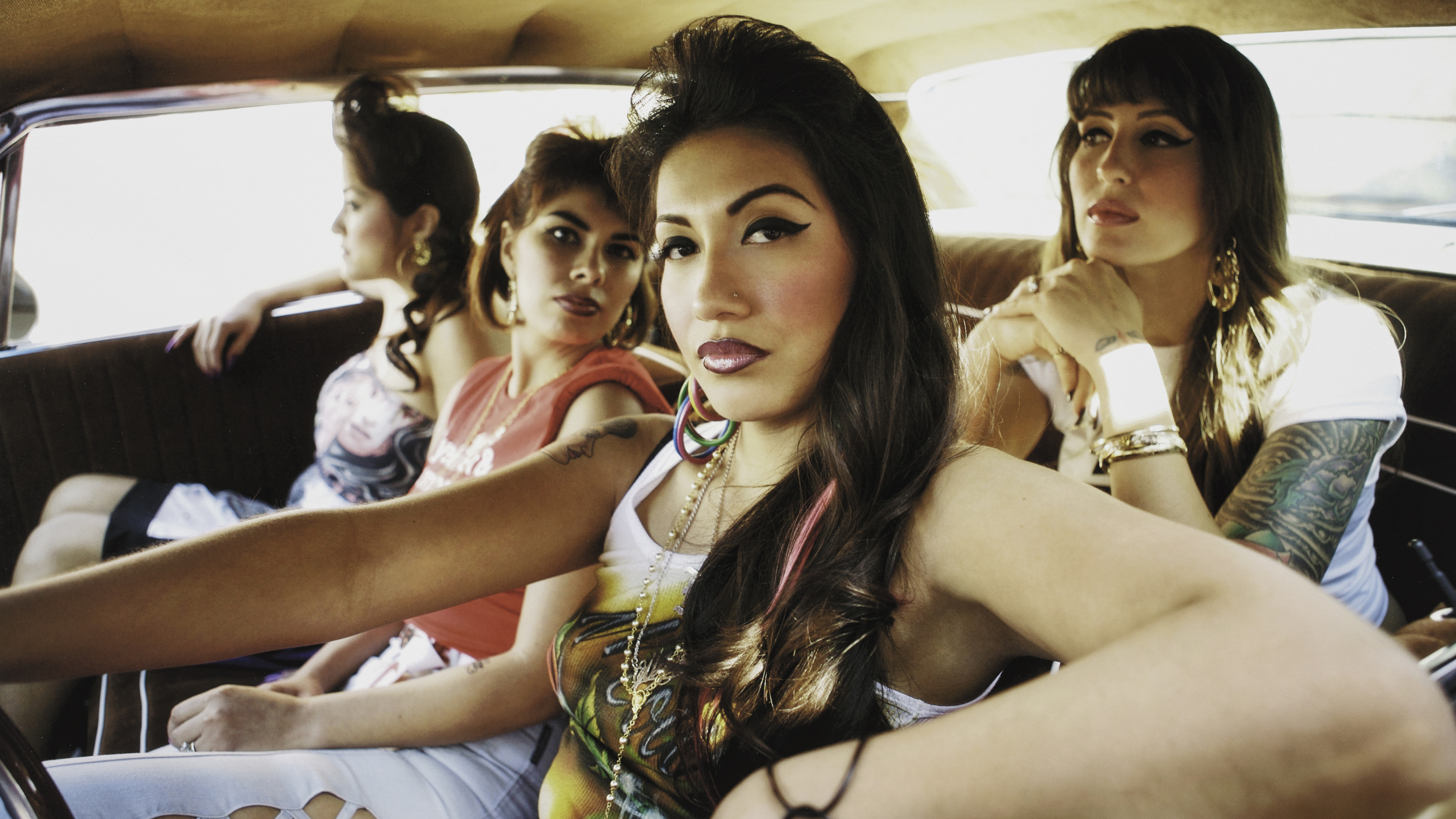 ‘American Photography’: centuries-spanning show reveals timely truths
‘American Photography’: centuries-spanning show reveals timely truthsAt the Rijksmuseum in Amsterdam, Europe’s first major survey of American photography reveals the contradictions and complexities that have long defined this world superpower
By Daisy Woodward
-
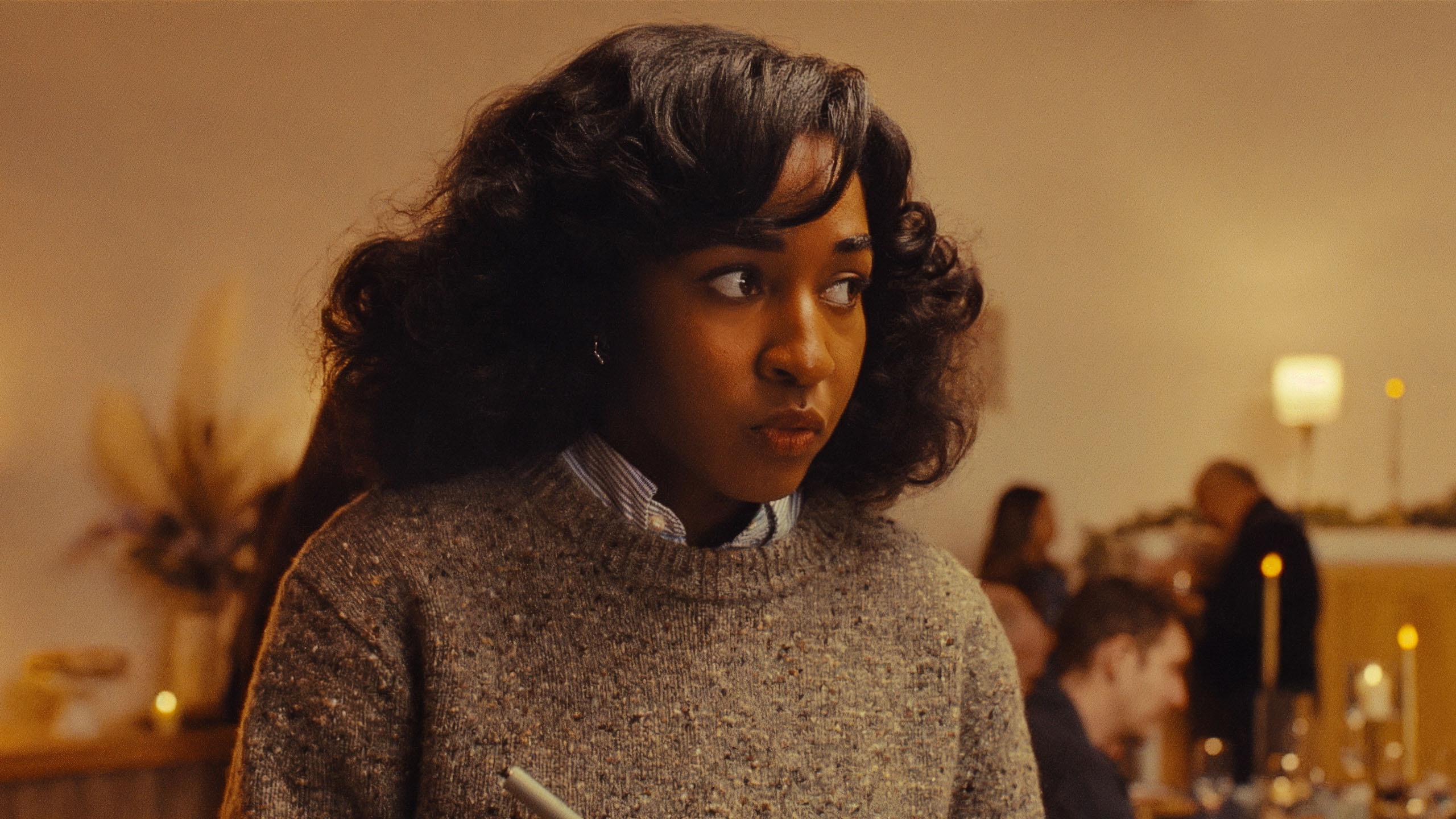 Sundance Film Festival 2025: The films we can't wait to watch
Sundance Film Festival 2025: The films we can't wait to watchSundance Film Festival, which runs 23 January - 2 February, has long been considered a hub of cinematic innovation. These are the ones to watch from this year’s premieres
By Stefania Sarrubba
-
 What is RedNote? Inside the social media app drawing American users ahead of the US TikTok ban
What is RedNote? Inside the social media app drawing American users ahead of the US TikTok banDownloads of the Chinese-owned platform have spiked as US users look for an alternative to TikTok, which faces a ban on national security grounds. What is Rednote, and what are the implications of its ascent?
By Anna Solomon
-
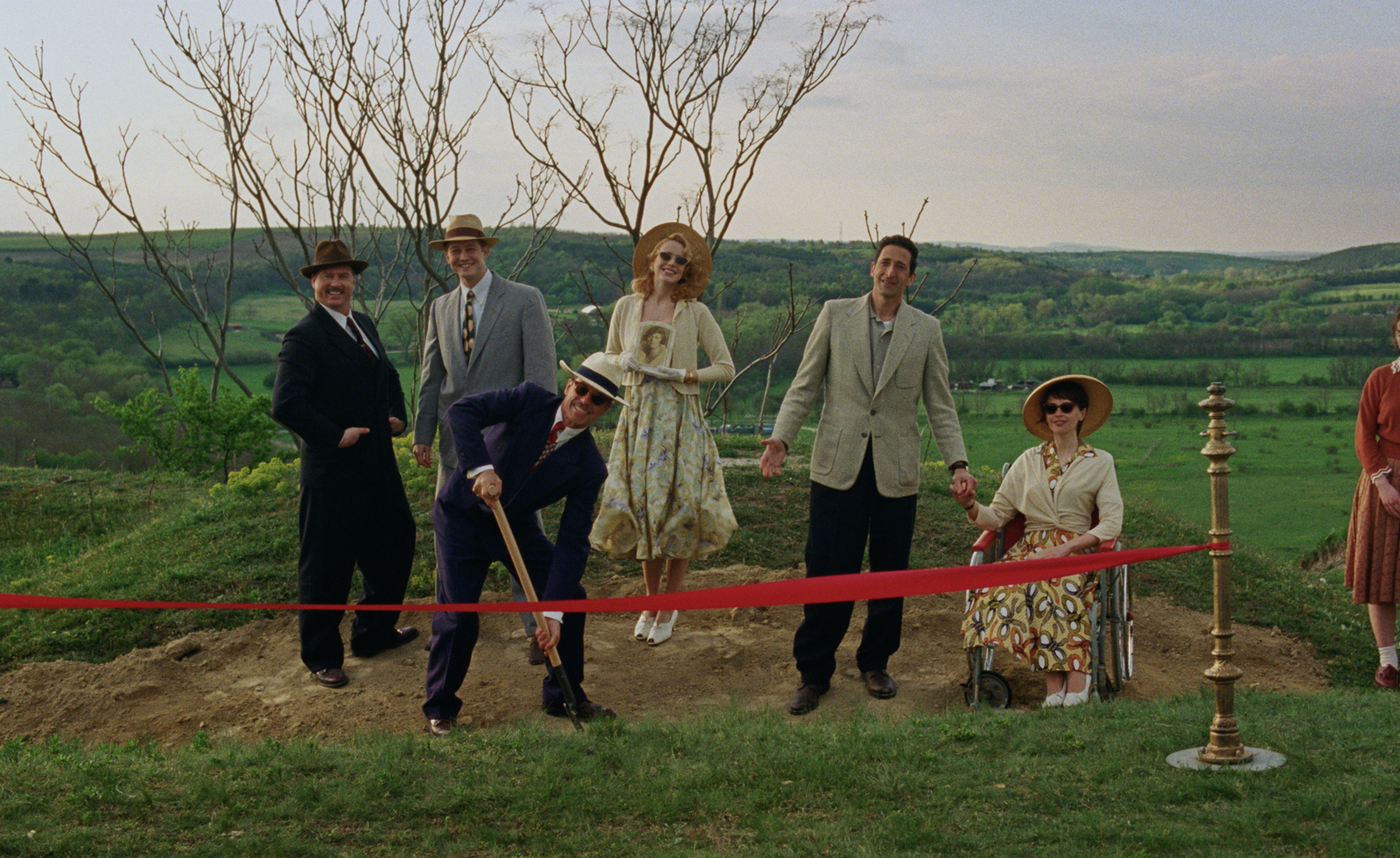 Architecture and the new world: The Brutalist reframes the American dream
Architecture and the new world: The Brutalist reframes the American dreamBrady Corbet’s third feature film, The Brutalist, demonstrates how violence is a building block for ideology
By Billie Walker
-
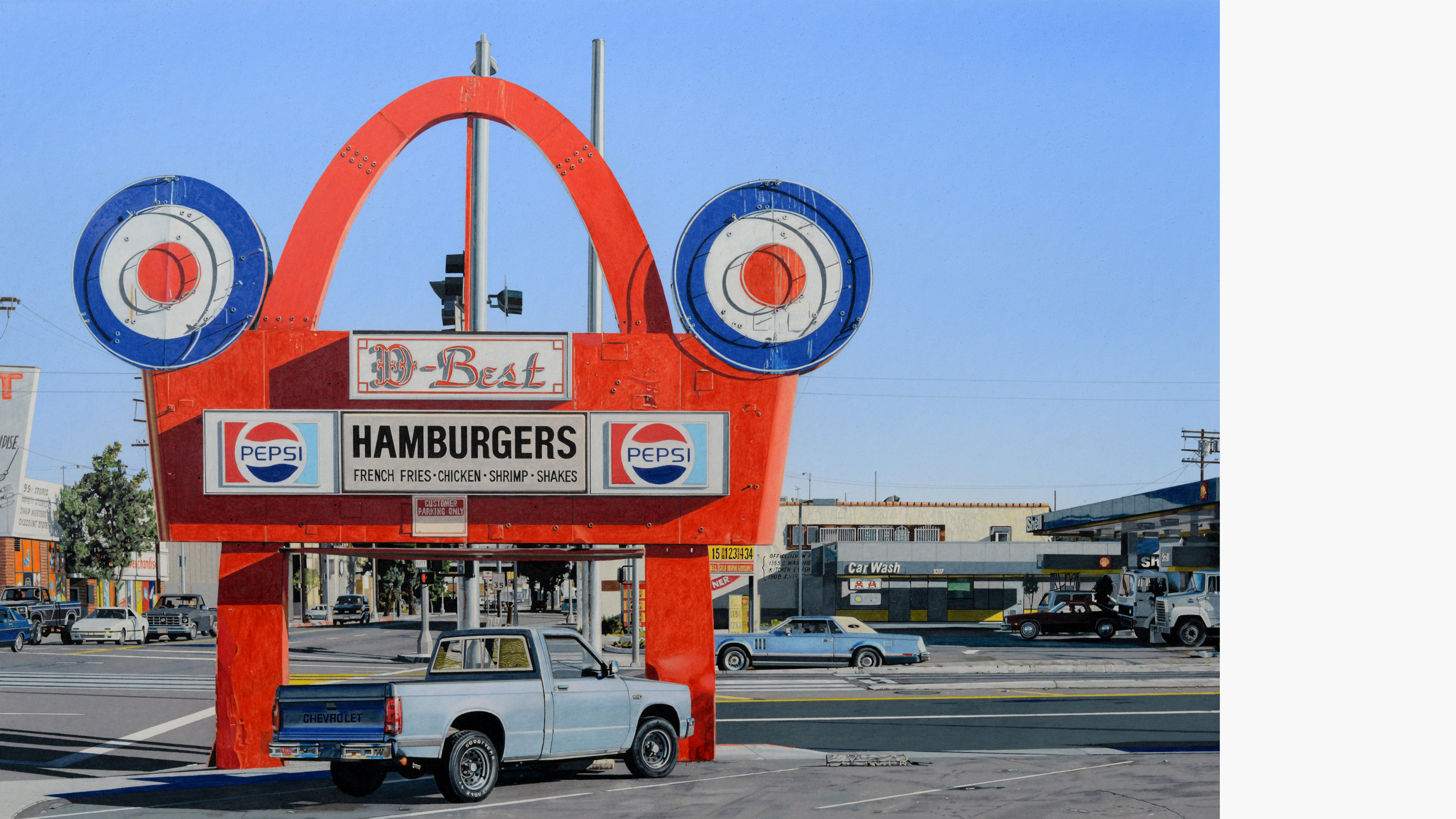 ‘Gas Tank City’, a new monograph by Andrew Holmes, is a photorealist eye on the American West
‘Gas Tank City’, a new monograph by Andrew Holmes, is a photorealist eye on the American West‘Gas Tank City’ chronicles the artist’s journey across truck-stop America, creating meticulous drawings of fleeting moments
By Jonathan Bell